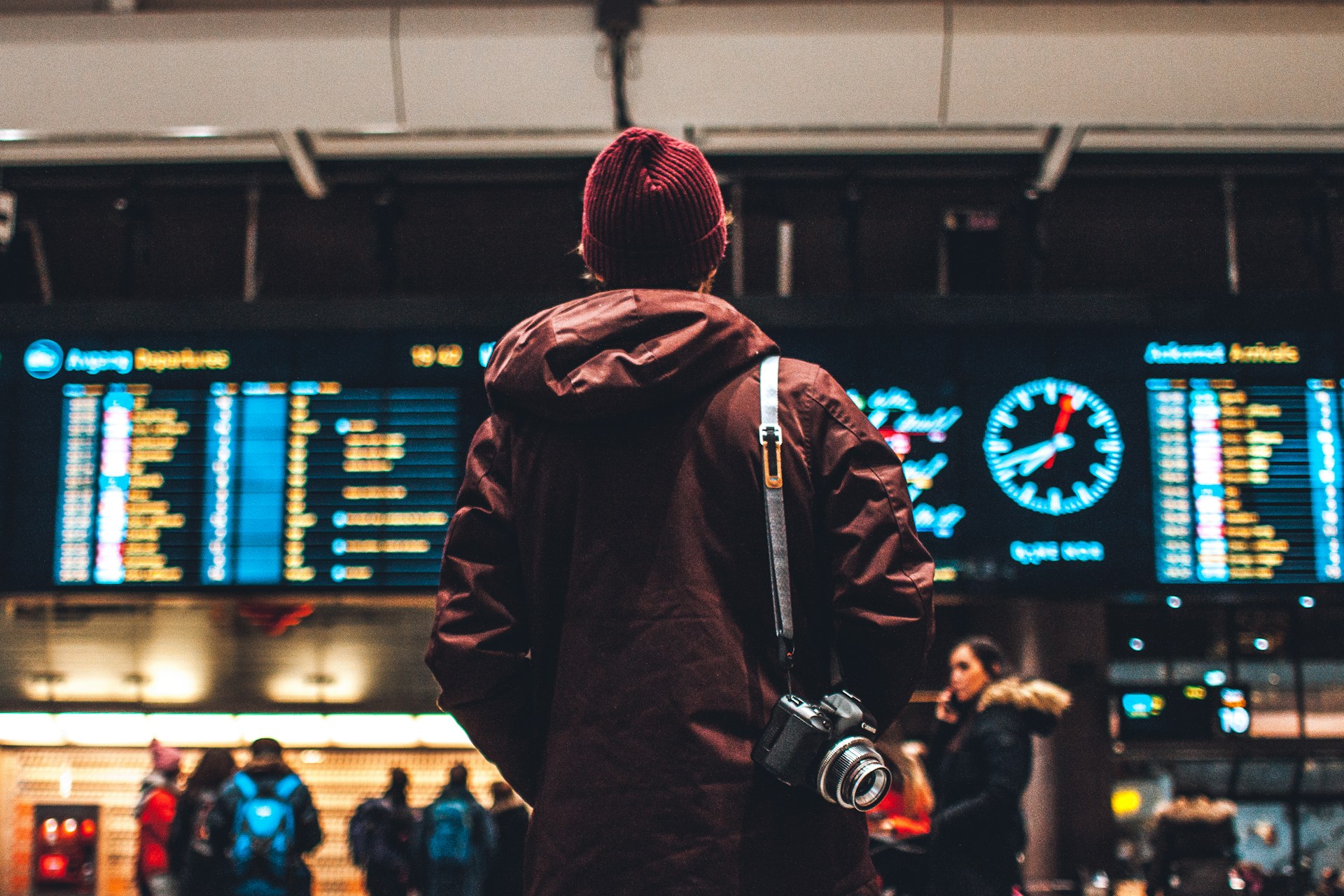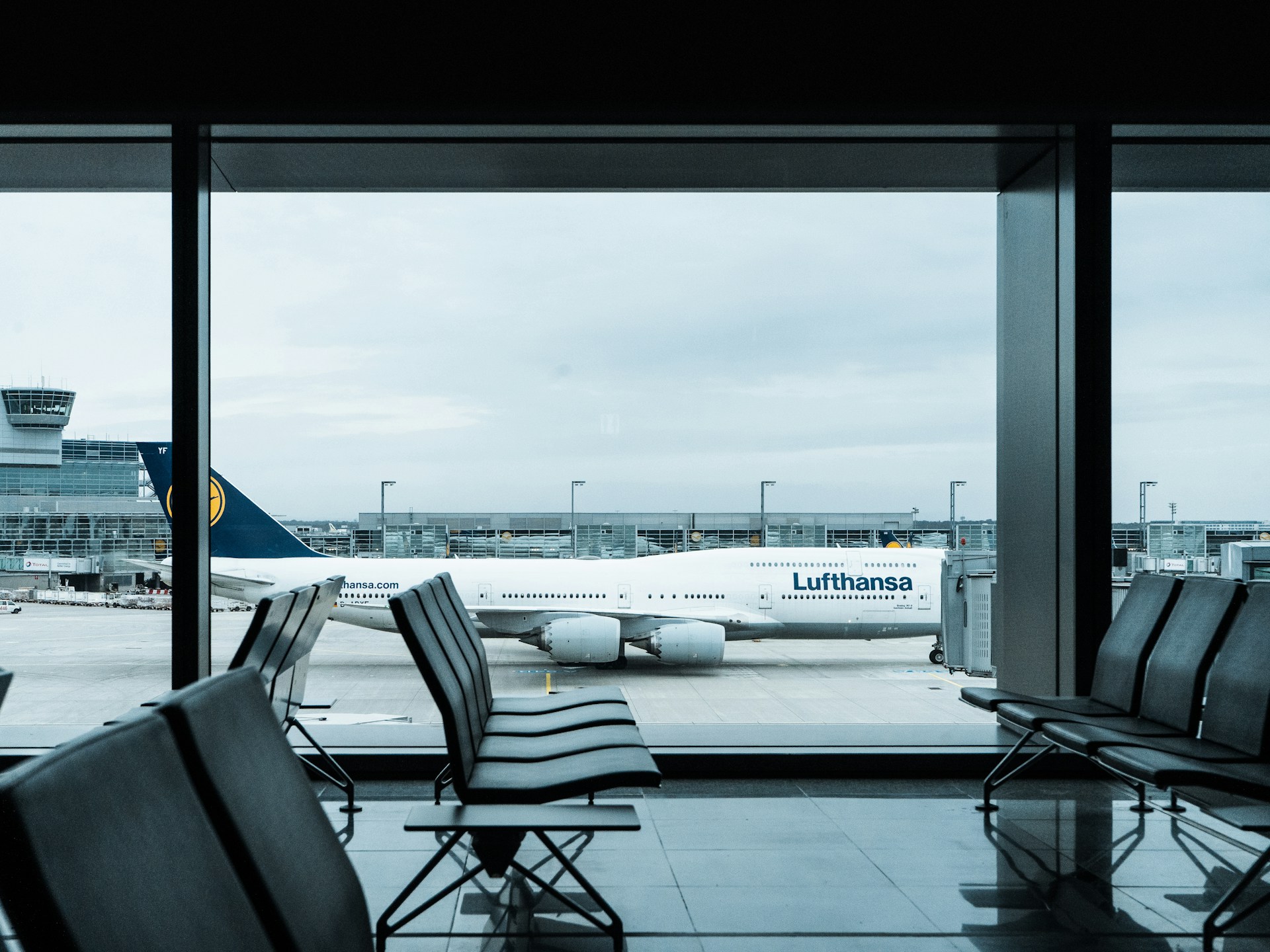Flying in itself already makes most people nervous. While it is considered one of the safest modes of transport, it doesn't mean that it doesn't experience its own set of challenges, and 2025 so far has been quite a rocky ride for the aviation industry.
There have been several big cases of turbulence, which have been quite concerning. Now, turbulence is not a new thing in flying, but with its recent frequency, a lot of people are raising eyebrows.
In today's blog, we are going to cover a few recent cases and whether flying is still safe.

If you have been watching or reading the news, this might have caught your attention. On July 30, 2025, a Delta flight was in the air over Wyoming from Salt Lake City, en route to Amsterdam, when it hit severe turbulence, dropping suddenly.
When this happens, you can imagine what goes on in the plane. Food and drinks flying, seatbelts coming off, and people getting injured. In this particular flight, 25 people, including passengers and crew, ended up in the hospital.
Thankfully, there were no fatalities, and the rest of the crew and passengers were soon released, unharmed, but it was definitely a scary experience for those onboard.
A similar thing happened on June 4th with a Ryanair plane set to fly from Berlin to Milan. The plane encountered severe turbulence caused by a thunderstorm, causing 8 people to get injured.
Similarly, an IndiGo Flight from Delhi to Srinagar hit extreme turbulence from a hailstorm and a bird strike. The nose of the plane was severely damaged, but luckily, the pilot declared an emergency and landed safely. No one was hurt, but many were shaken.
As already mentioned, flying is one of the safest modes of travel, but it does have its own challenges. For a long time, up to date, air travel has recorded the least number of accidents and fatalities compared to roads.
Most incidents in air travel are caused by climate change, strong storms and hail, wake turbulence from other planes, and, in some cases, sudden clear-air turbulence that cannot be seen on radar.
These events can be uncomfortable and scary, but they are rarely life-threatening. Most of the time, the injuries that happen because of turbulence are usually a result of passengers or crew not wearing seatbelts or walking around when the turbulence hits.
Airlines follow strict maintenance rules, pilots undergo intensive training, planes have multiple backup systems, and air traffic is carefully controlled. Turbulence that causes serious harm is still considered rare.
Even with the recent incidents in 2025, your chances of being hurt are extremely low. As long as you follow safety instructions, keep your seatbelt fastened when seated, and stay aware, you can trust that flying remains one of the safest and most reliable ways to travel.
So is it safe to fly after the 2025 turbulence incidents? The simple answer is yes. These incidents might have caused fear among many people, but it is important to understand that flying is not foolproof.
Turbulence is becoming more common, maybe because of climate change. But planes are strong and built to face the challenges that come with flying. Pilots and the crew are also well-trained to handle such incidents. And as long as passengers follow the instructions, we can keep flying safely.


If you want the latest information on the best Hotel Executive Club Lounges, Hotel Kids Clubs and other travel information, be sure to sign up for our free newsletter full of tips and great travel ideas.